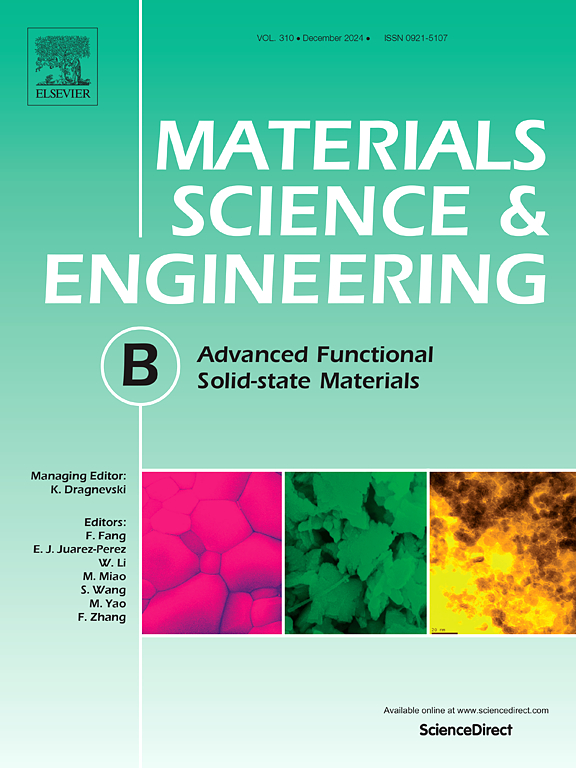Synthesis, stabilization and characterization of zerovalent iron nanoparticles for remediation of hexavalent chromium – Comparing the hydrazine and sodium borohydride routes
IF 3.9
3区 材料科学
Q2 MATERIALS SCIENCE, MULTIDISCIPLINARY
引用次数: 0
Abstract
Zerovalent iron nanoparticles (nZVI) have found diverse applications as reducing agents in chemical synthesis, particularly for environmental remediation. The preparation of nZVI using the novel hydrazine reduction route (CMC-nZVI) has been studied in detail in this work. A comparison was made with the conventional sodium borohydride method (ZVIB). The former route was found to be more effective in producing smaller (11–50 nm), relatively uniform nZVI particles with a narrow size distribution and spherical morphology. This particle size is much smaller than that of material prepared via the borohydride route, as hydrazine is a stronger reducing agent. The challenge of stabilizing the nanoparticles was addressed using carboxymethyl cellulose (CMC) coating to prevent aggregation and premature oxidation. Nanoparticles synthesized without CMC capping showed poorer stability and a broader particle size range. The effects of process parameters were investigated in detail. The synthesized nZVI particles were thoroughly characterized using several techniques, including SEM, AFM, XRD, FTIR, SQUID, BET, and XPS. The BET surface area of CMC-nZVI particles was more than four times that of ZVIB, indicating superior reactivity. The hydrazine hydrate route, combined with CMC stabilization, offers a promising approach for the large-scale production of stable nZVI nanoparticles suitable for environmental remediation applications. The potential of nZVI was demonstrated by testing the remediation of Cr(VI)-contaminated soil in the solid phase, where nearly complete reduction was achieved within approximately three hours.

求助全文
约1分钟内获得全文
求助全文
来源期刊

Materials Science and Engineering: B
工程技术-材料科学:综合
CiteScore
5.60
自引率
2.80%
发文量
481
审稿时长
3.5 months
期刊介绍:
The journal provides an international medium for the publication of theoretical and experimental studies and reviews related to the electronic, electrochemical, ionic, magnetic, optical, and biosensing properties of solid state materials in bulk, thin film and particulate forms. Papers dealing with synthesis, processing, characterization, structure, physical properties and computational aspects of nano-crystalline, crystalline, amorphous and glassy forms of ceramics, semiconductors, layered insertion compounds, low-dimensional compounds and systems, fast-ion conductors, polymers and dielectrics are viewed as suitable for publication. Articles focused on nano-structured aspects of these advanced solid-state materials will also be considered suitable.
 求助内容:
求助内容: 应助结果提醒方式:
应助结果提醒方式:


